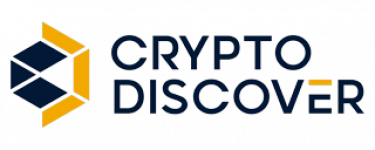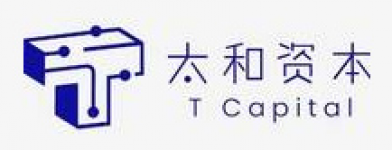
Crust Shadow
Crust implements the incentive layer protocol for decentralized storage. It is adaptable to multiple storage layer protocols such as IPFS, and provides support for the application layer. Crust’s architecture also has the capability of supporting a decentralized computing layer and building a decentralized cloud ecosystem.
Crust's decentralized storage layer provides a distributed file system. At the same time, Crust encapsulates some standard interfaces such as Amazon S3-like. Any application scenarios involving data storage, such as cloud services, edge computing, and decentralized applications, are the scenarios that Crust can adapt. Worth mentioning is that in edge computing scenarios, compared to centralized cloud storage, Crust's decentralized storage is closer to the edge, which can achieve relatively low cost and high performance.
 Crust Network
Crust Network

- 30% of the reward will be released immediately
- 10% will be released for each subsequent lease period (each 6 weeks)
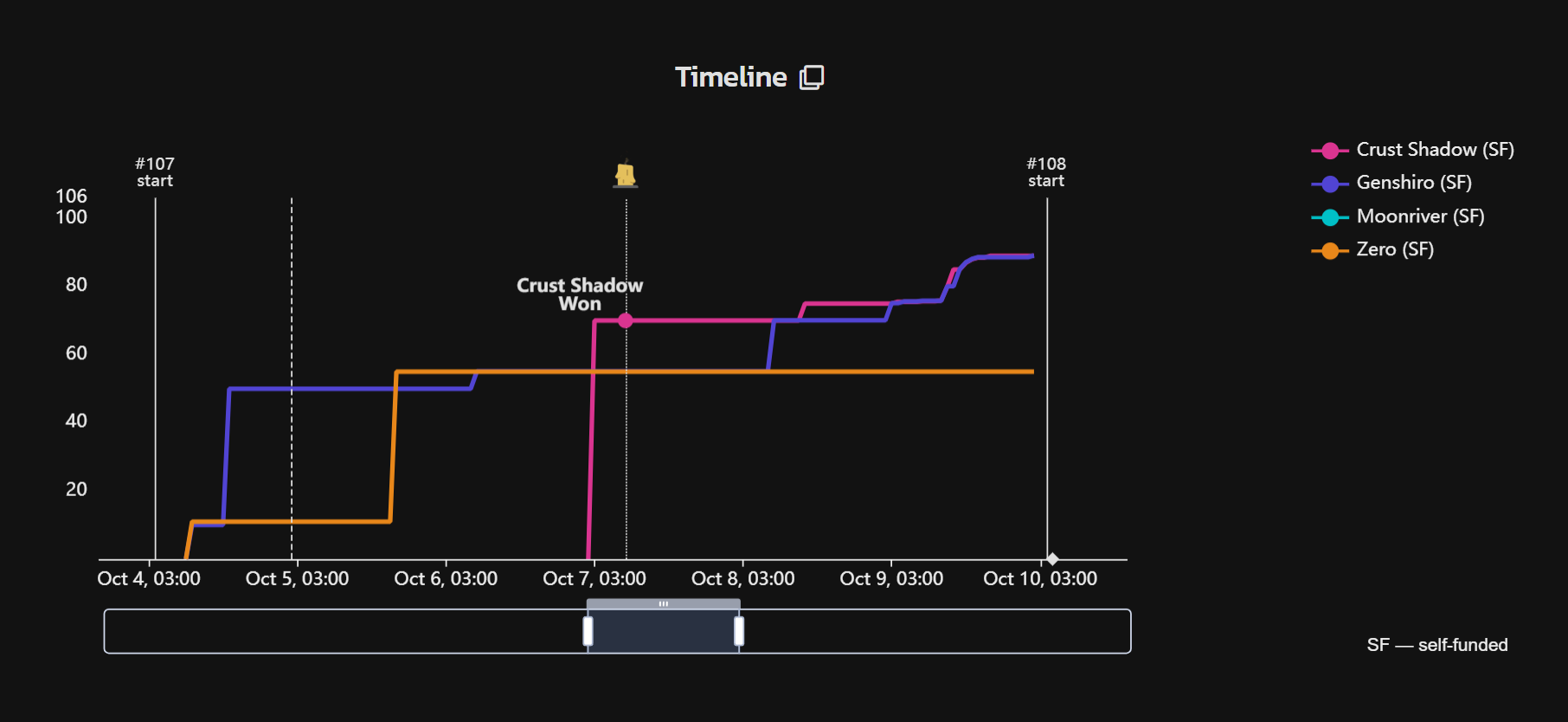
Crust implements the incentive layer protocol for decentralized storage. It is adaptable to multiple storage layer protocols such as IPFS, and provides support for the application layer. Crust’s architecture also has the capability of supporting a decentralized computing layer and building a decentralized cloud ecosystem.
Based on TEE (Trusted Execution Environment), Crust proposed MPoW (Meaningful Proof-of-Work). Crust storage nodes will periodically report to the entire network how much storage “I” provided, what user files “I” stored, and other information. With the help of the MPOW mechanism, the workload in the report is verifiable and credible. Crust storage nodes will record and pack the workload report along with other transactions into the block.
At the same time, Crust designed a PoS consensus algorithm that defines the staking amount by storage resources, called GPoS (Guaranteed Proof of Stake). Through the workload report provided by the first layer MPoW mechanism, the storage workload of all nodes can be obtained on Crust, and the GPoS algorithm of the second layer is to calculate the Staking quota for each node according to the workload of the node. According to this quota, then it carries on the PoS consensus.
Crust will provide a user-oriented storage service. You can compare it to common cloud services, such as iCloud to regular users, and AliCloud, Amazon cloud to enterprise users.
For details, please refer to Crust Network Tech Whitepaper v1.9.8
2. What is TEE and what is the role of TEE in Crust?TEE is the abbreviation of Trusted Execution Environment, a secure area on the main processor that guarantees the security, confidentiality, and integrity of code and data loaded into the internal environment. TEE’s essence is to provide a safe space to secure data and code execution. The code and data in this space is free from influence of conventional operating systems, and can effectively ensure data confidentiality and integrity.
TEE acts like an honest supervisor in the Crust network, periodically checking on whether the node is working properly, or whether there is a wrong recording or missing user data. For users’ sensitive data, TEE encryption denies storage nodes to read users private data.
3. What are the application scenarios of Crust?Crust now has launched three application scenarios, and has reached cooperation with projects to improve the product.
1) Decentralized Website Deployment and Operation
Now, the website deployment of Uniswap and PolkaApps has migrated to Crust. We hope more websites will carry out the decentralized deployment through Crust in the next stage.
2) NFT Data Storage
Crust accepts NFT trading platforms and NFT publishing tools, such as storing NFT files in the Crust network, or providing storage solutions for some decentralized blockchain full node data.
3) P2P Content Storage and Distribution
Using Crust to provide content distribution for decentralized audio/video content and social media websites. Files like road traffic images, invoices, live video, etc. are all looking for cheaper and more convenient storage methods, which have good marketing cooperation.
Check out the following tutorial:
https://wiki.crust.network/docs/en/buildIntegrationOverview
4. What’s the relationship between Crust and IPFS?The relationship between Crust and IPFS is quite similar to the relationship between incentive layer and storage layer. Filecoin protocols encourage nodes in the network to provide storage capacity through incentives, which IPFS can exactly provide this kind of storage ability.
Looking at the blockchain ecosystem, many chains have relationships with IPFS. All Polkadot official websites, apps, Wikis, etc. are all placed on IPFS for decentralized versions, including the Ethereum official website, which are closely related to IPFS. It can be said that IPFS has become an indispensable part of decentralization in the Web3 ecosystem.
The “decentralized website deployment and operation” function launched on the Crust Preview Network can deploy a local website to any location that can be globally accessed. It only needs a PC and a Crust account, and no cloud storage server is required. The principle behind this is to transfer the created website to the IPFS network, and place an order through the Crust decentralized storage market, so that the storage nodes can help users store it locally, and then through the IPFS network, users can access the website anywhere.
The previous website deployment requires a cloud server, whether it is Ali Cloud or AWS, the process will be more complicated. Traditional cloud storage services cannot bring convenience for users.
5. What’s the difference between Crust and Filecoin?The following is a comparison of the differences between Filecoin and Crust in the decentralized storage incentive layer.
At this stage, there are two key problems in the incentive layer of decentralized storage: proof and incentive. Proof mainly refers to how to correctly reflect the off-chain storage state on-chain, and incentive is the incentive plan for the storage node, that is, the way the node obtains rewards. The methods and technical paths used to solve these two problems in Crust and Filecoin are very different.
In terms of the Proof, Filecoin uses Proof of Replication (PoR) and Proof-of-Spacetime (PoSt). The sophisticated zero knowledge proof and VDF algorithms are very novel techniques in the Filecoin technical path. Nevertheless, from the view of the data of Filecoin testnet, a large number of complex proof algorithms bring huge computing cost, such as storage nodes demanding 128G of memory with matched GPU to prove the calculation. Compare this to Crust, which designed a meaningful workload proof (MPoW) consensus mechanism by introducing TEE technology. The MPoW proof process can be very simple and efficient, and many PCs are available to support TEE. That is to say, to solve the same proof problem, the cost and threshold of the Crust network are lower, which is a different idea to solve the proof.
Next let’s talk about incentives. At the early stage, the node incentive of Filecoin and Crust mainly comes from block rewards, but the difference is that in Filecoin current economic model, the block rewards of Filecoin are assigned to the block node, and the probability of generating blocks is proportional to the workload of the node. Its core is a PoW Base model with more work and more gain.
With Crust’s GPoS mechanism, the block reward is proportional to the mortgage amount of each node, and the upper limit of the staking amount of each node is limited by the storage amount provided by the node. The essence of GPoS is based on PoS. This is also a reference to the Polkadot NPoS model for innovation and design. Meanwhile, as the acceptable staking amount of nodes is limited by the amount of storage, GPoS can avoid the centralization concerns of PoS.
In Crust, in addition to holding CRU, a staking amount is also required. The staking amount is based on the second layer mechanism MPoW, which is a bit similar to PoST on Filecoin. This layer mechanism uses TEE technology, and there is an off-chain protocol to confirm the miner’s local storage status. For example, if a node/miner has a storage capacity of 1,000 TB, then after he is checked by the TEE program, that is sWorker, he will make a signed workload report and submit it to the chain, and then convert the 1,000 TB to a staking amount of 1,000 CRU. The miner has 1,000 staked CRUs, then he can compete to produce blocks. This is guaranteed by these two-layer mechanisms.
In addition, Crust has opened the decentralized storage market. Users can place orders in the market, and they will be pulled locally by the miner node through IPFS, and the files will be sealed through sWorker. Then users can perform a series of operations such as liquidation on the chain.
6. What’s the total supply of Crust?There are two ways to generate CRU tokens: one is one-time generation when the mainnet launches. The other is generated with the generation of blocks.
Initial supply of CRU tokens generated when the mainnet launches: 20,000,000 CRU
Tokens are mainly used in the following aspects:
Community Development: 5,000,000 CRU (25%)
BD & Marketing: 2,000,000 CRU (10%)
Token Sale: 5,000,000 CRU (25%)
Technical Team: 4,000,000 CRU (20%)
Foundation Reservation: 4,000,000 CRU (20%)
The tokens generated with the block has rewards and points exchange rewards for each cycle, which are mainly rewarded to the nodes participating in the network, maintaining the security of the network protocol, and encouraging all participants to participate in the network at an early stage.
The total issuance method is as follows:
First year: 5,000,000 CRU
Starting from the second year, the total new issuance will be 88% of the previous year, until the inflation rate of the whole network reaches 2.8%.
For details, please refer to Crust Economy Whitepaper
Crust Token Metrics & Economics
7. What’s the meaning of the Network Status at the bottom of the Maxwell Preview Network Weekly Report?Since the Crust network is based on the GPoS and MPoW mechanisms, the network is actually looking for dynamic balance in the mechanisms like PoS and PoW.
Crust uses the storage capacity to determine the node’s staking upper limit. Suppose a node has 1,000 CRU and 10T storage capacity. Assuming that 10T capacity can stake up to 100 CRU, currently there are too many tokens. At this time, more tokens can be staked through superimposed storage to obtain more profit. Compared with the traditional Polkadot and PoW, it is equivalent to an alternation of PoS and PoW. When the market has a lot of tokens and a small amount of storage, the nodes need to accumulate more storage space at this time, which is similar to a PoW network. When the amount of storage is large and the number of tokens is small, the PoS network will be more biased. Relatively speaking, Crust is looking for a dynamic balance in the network between tokens and storage capacity.
Weekly Report Reference: Maxwell Preview Network Weekly Report — 04.12.2021
8. When will the Crust mainnet be launched? Will Crust participate in the Polkadot Slot Auctions?The Crust mainnet launch time will be determined by the time of Polkadot slots auction, which is expected to be launched in this year.
Crust is very confident in the Polkadot slot auction, but will not participate in the first Polkadot slots auction. Crust is waiting for Polkadot slots auction time to confirm whether the technical standards of slots have technical risks. There are a total of 100 Polkadot slots. At that time, even if Crust fails to win the previous slots auction, Crust will continue to launch the mainnet as long as there are no technical risks. Therefore, the specific time of the mainnet launch will depend on the situation in the coming months.
9. How does Crust join in the Web3/Polkadot ecosystem and what is the impact?The location of Crust in the Web3 protocol stack belongs to the “Data Distribution Protocols” from the views of functions and techniques, and the Crust storage layer protocol will provide encrypted storage required by the upper layer protocols and the support of large computation. The upper design of Crust includes storage market, retrieval market, file management and other mechanisms, which naturally needs to be compatible with some decentralized data transmission protocols, applications and financial systems, which have been fully implemented in the Web3 ecosystem. Some Web3 ecological file protocols, such as DAT and Shift, can provide flexible file management functions and better support version control of dynamic files, but all need a storage incentive layer, such as Crust, to provide the most basic storage resources.
Finally, Crust has joined the Polkadot ecosystem to effectively support the projects and applications in the ecosystem. Since Crust, IPFS and Phala are closely combined technically, Crust can also effectively expand the Web3 technology ecosystem.
Find more cooperation announcements, please visit at https://medium.com/crustnetwork
10. How can users participate in Crust Network?There are multiple participants in the entire Crust Network. Different participants have different demands. According to the participating methods of each character, they can be divided into Validator, Candidate, Guarantor, Liquidator and User. There will be other different characters at the Layer2 level, such as Market Maker.
For details, please refer to Crust Economy Whitepaper
11. How can users join Crust mining?At present, there are two ways to join Crust mining on the Crust Preview Network, which are becoming a node or a guarantor.
Nodes in the Maxwell network are divided into Isolation Node, Owner Node and Member Node.
The Isolation Node is a physical node, which needs to undertake the work of the Crust network validator while providing storage and retrieval services. This means that the upper limit of staking of a validator is restricted by the storage capacity of the node.
The other type of node is a Group. Groups can accommodate multiple physical nodes. Groups consists of one Owner and multiple Members. A Member is responsible for providing storage and retrieval services, however, the workload of the Member and the corresponding Stake Limit will be enjoyed by the Owner. The Group Owner is only responsible for verification and block generation of the network, and does not provide storage-related services.
A guarantor is an account that provides guarantees for any one or more nodes in the Crust Network. All accounts with CRU tokens can become guarantors, and their CRU can be used as guaranteed assets. The guarantor provides guarantees for the node, and can obtain profits, while at the same time bears the risk of punishment of the node.
Please note: Due to the Crust network mechanism, CRU tokens are required for staking, otherwise mining profits cannot be generated. The Crust network is in a dynamic balance. As the computing power of the entire network increases, the demand for staked tokens will continue to increase.
Crust does not sell mining machines, nor cooperate with any mining merchants. Mining equipment must be open and transparent:
https://wiki.crust.network/docs/en/nodeHardwareSpec
Any user can build and maintain a mining machine according to the operation guide, and Crust encourages users to use idle resources to participate in mining.
For a mining related tutorial, please refer to Crust Maxwell Preview Network will be officially launched on February 4th, 2021!
12. Will there be any changes to the Crust Mainnet compared to the Preview Network mining?Maxwell integrates all core functions of Crust, including token staking, decentralized storage market (DSM), file retrieval mechanism, and more, aiming to have the same functions as the Crust Mainnet.
The Preview Network provides 540,000 CRU as rewards for staking and generating blocks. The initial amount of rewards for staking and generating blocks is 750 CRU per era (6 hours), including 600CRU staking rewards and 150CRU generating rewards. The era rewards will be halved every 360 eras (90 days), finally, the total amount of rewards will be 540,000 CRU.
In Maxwell, a 1TB SRD file corresponds to an upper limit of 1CRU, and a meaningful file corresponds to 1–5 times the upper limit of SRD. After mainnet launch, 1TB SRD file corresponds to an upper limit of 5CRU, and a meaningful file corresponds to 1–5 times the upper limit of SRD.
After the mainnet launch, Maxwell will be still running, and the mainnet and Maxwell will be two independent networks. Therefore, if you would like to mine on the Mainnet, you need to re-encapsulate and re-stake. Due to the faster data encapsulation speed of Crust, the impact on miners is less.
13. How to store files with Crust NetworkUsers can store files with Crust Network in three ways:
1) Users are able to store files by directly using Crust Apps;
2) Users are able to store files by adapting the standard IPFS to Crust Apps;
3) Developers are able to develop storage features based on Crust SDK;
For detailed tutorial, please visit at https://wiki.crust.network/docs/en/storageUserGuide
You can get corresponding order rewards and increase your stake limit after having become a storage merchant and successfully stored user files.
For detailed tutorial, please visit at https://wiki.crust.network/docs/en/merchantGuidance
Meanwhile, file renewal mechanism is added into the storage market. For the file with a long-term storage need, users are suggested to deposit an additional amount into the file renewal pool after placing a storage order. This is to reward other users in the network for renewing the order for them so that the order is kept valid for a long time.
The character of the liquidator is added into the storage market. When a file storage order expires (currently the validity period is set for 15 days per order) and the balance of the renewal pool is sufficient, the first user to initiate a settlement request for the file will trigger the renewal of the file (equivalent to the effect of re-initiating a storage order).
For details, please visit at https://wiki.crust.network/docs/en/orderSettlement
Storage application reference: How to Use Crust to Store NFT Files
14. How to participate in the on-chain governance on Crust?The rules for the on-chain governance democracy module on Crust have been updated. Any token holder can participate in on-chain governance on Crust: propose an action and vote on a proposal. Previously, Crust had passed a proposal of increasing the number of validators to 30.
Main processes:
1) Create a preimage to decide on the code for execution with a request for voting;
2) Create and submit a proposal;
3) Review proposals from others or wait for the proposal to be reviewed;
4) At the end of each Launch cycle, the proposal with the highest number of review votes will be selected into the voting stage, and the proposals that pass the voting stage will move on to the execution stage.
5) A timer will be set for the execution of the approved proposals according to the chain parameters.
It is required to lock a certain amount of CRU to propose and second a proposal. The amount of CRU that the proposer or seconder needs to bond is 10CRU on the Preview Network. Once the proposal enters the voting period, the locked amount will be automatically unlocked. Please note, when there are several proposals, once seconding one proposal, the locked CRU cannot be unlocked unless the proposal enters the voting period. On the Preview Network, the most seconded proposal will enter the voting period every 7 days.
For details, please refer to Democracy Guide
15. How to apply for Crust GrantsGrants divide the decentralized cloud storage ecosystem into technology stacks at six layers, including chain protocol layer, file systems protocol layer, node strategies layer, development tools and infrastructure layer, blockchain-based applications layer and user-based applications layer, incentivizing projects in the decentralized cloud storage ecosystem at full strength.
Joining Crust Grants gives you access to (for projects whose Crust Grants application has been accepted):
1) Funding support up to 30,000 USDT
2) Deep participation in the Crust technology community and the opportunity to be invited to events of the Crust ecology to enhance the profile and recognition of your project;
3) Deep participation in the Web3 ecosystem and support from Polkadot and IPFS ecosystem;
4) Team members getting certified as Crust Ambassadors;
5) Project teams being connected with ecology funds.
For details, please refer to Crust Grants Handbook

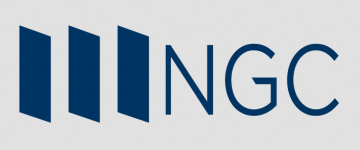
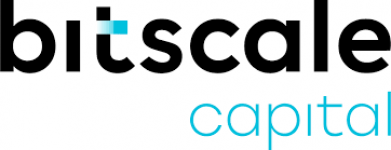

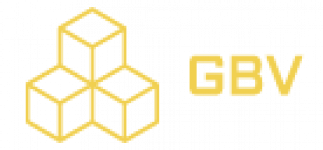
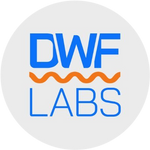
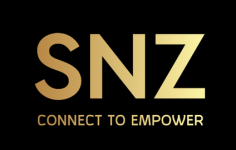

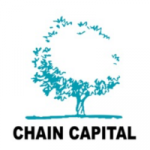

.png)
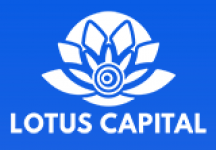
.png)




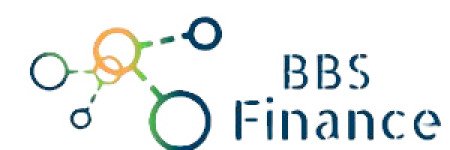
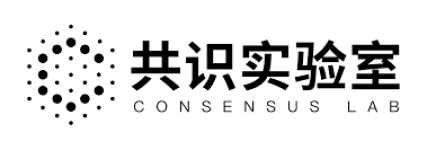
.png)
